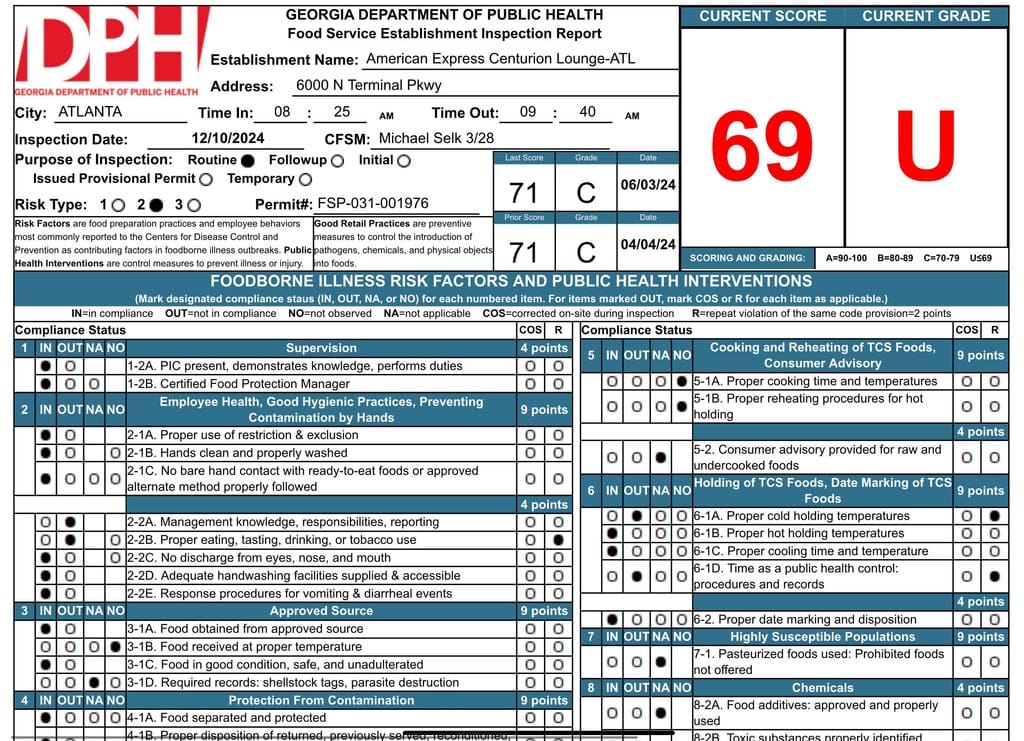JetBlue Airplane Tips Over at JFK - Why That Happens?
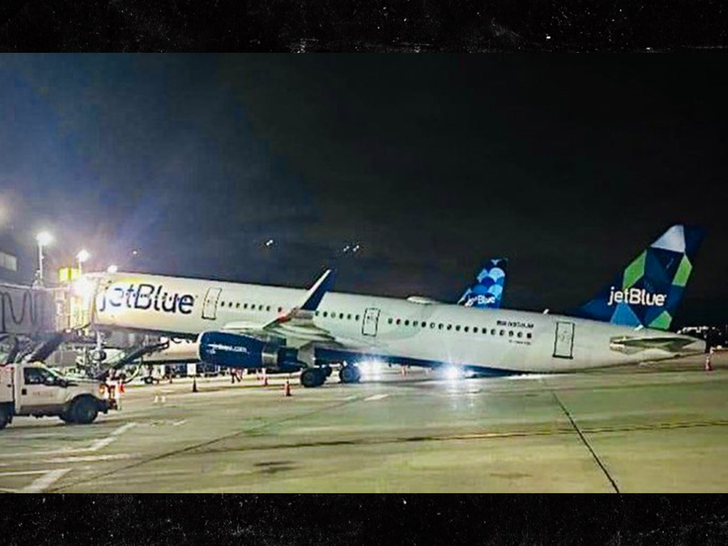
For as technologically advanced as modern airliners are, most have one a major flaw. If loaded or unloaded incorrectly they can tip on to their tail. Almost every airliner that I know of has a tricycle design for their landing gear, meaning they have one gear at the nose and two near the midpoint of the aircraft.
As certain airliners are stretched longer and longer by their fuselage they become a tail tipping hazard. They are so much so that certain aircraft have special loading and unloading procedures for them. Off the top of my head the most popular airliners to have this issue are Boeing 737-900ER, Boeing 737 MAX 9 & 10, Airbus A321neo, Boeing 777-300ER, and even the Boeing 747-400. If loaded at the tail first without much weight towards the forward of the aircraft it can become out of balance and tip backwards.
The aircraft most prone to improper loading and unloading is the Boeing 737 family and Airbus A321 family of aircraft, just by the shear amount of aircraft in service we see a few reports a year of incidents where the aircraft has fully tipped or the strut of the nose gear has been fully extended before being caught by employees.
How does tail tipping happen?
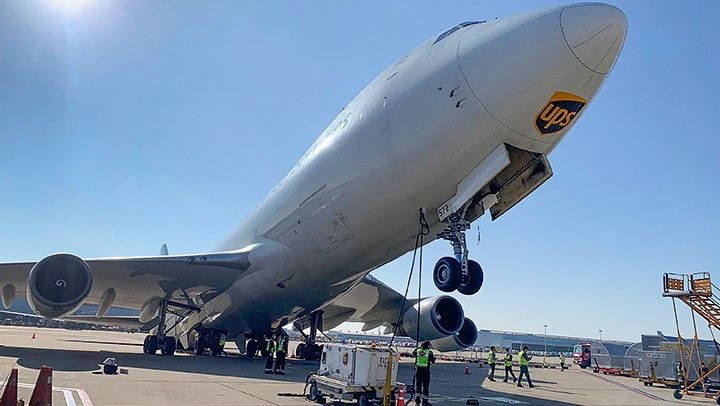
The way these aircraft are designed is by stretching the body of the aircraft longer, however by doing that and not moving the landing gear you create a teeter-totter effect where the main landing gear wheels become the fulcrum and excessively loading weight in the back of the aircraft before putting some in the front is like if there was just one person on one side of the teeter-totter.
Most of the time the problem starts with heavy bags or cargo being loaded in the rear first and not adding weight to the forward bins. Most aircraft are naturally nose heavy so to compensate most aircraft call for the rear bins to be loaded first to keep the aircraft in balance. However if your loading sequence is thrown off then you can add too much weight to the rear of the aircraft before weight in the forward can be loaded.
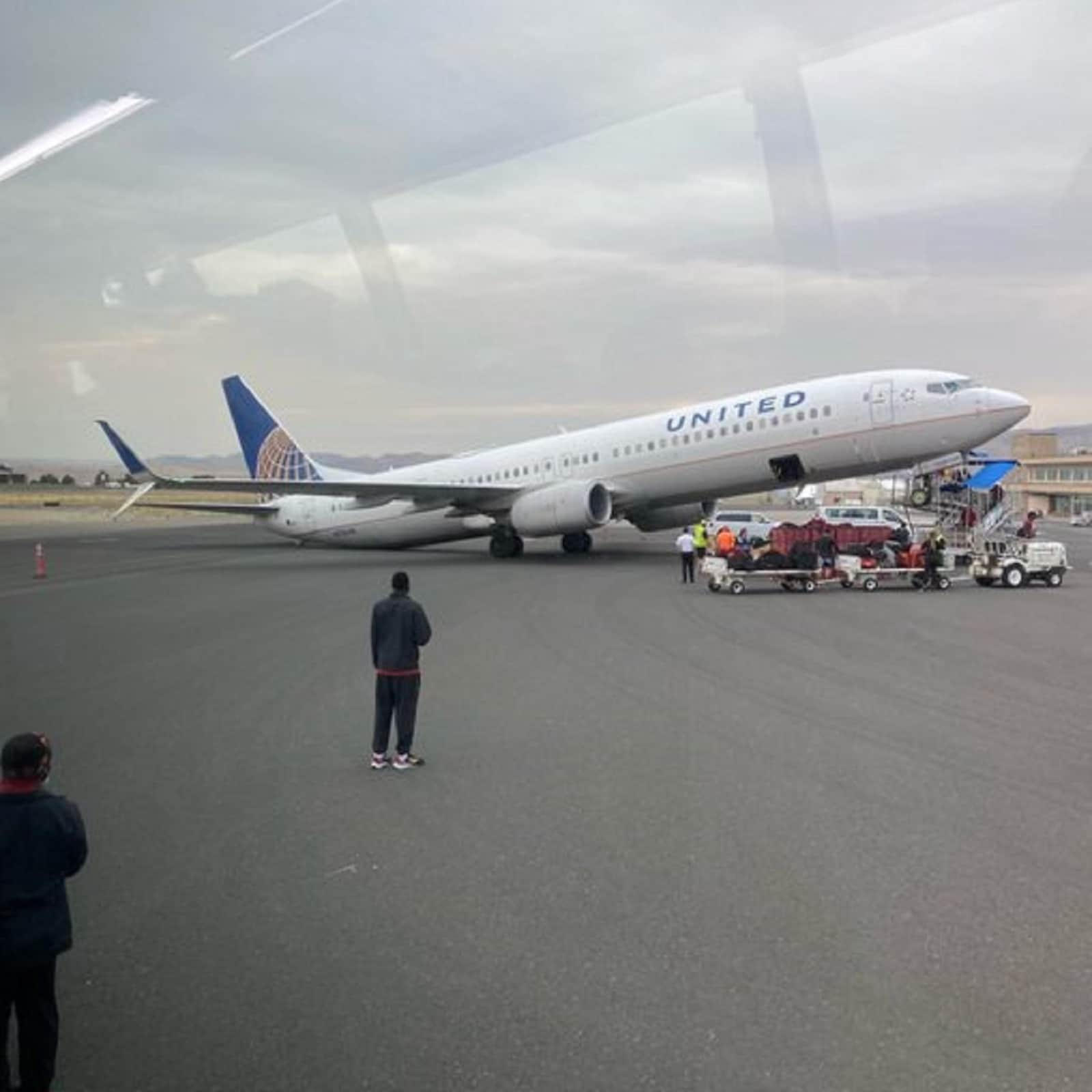
By loading sequence I mean the act of loading the aircraft. Usually cargo loading is done while passenger boarding happens or after, that way the weight of the passengers compensates for the imbalance. However, if passenger boarding is delayed the imbalance starts in the cargo bins then, like some airlines, when loaded back-to-front a lot of extra weight gets loaded to the rear of the aircraft and causes the aircraft to become so out of balance it tips.
This can also happen to cargo aircraft in much the same way, take a 747 where the entire main floor is dedicated cargo space. If you were to load the aircraft from the nose and move all the cargo to the rear of the aircraft to start you'll end up with a tail heavy situation again and tip the aircraft.
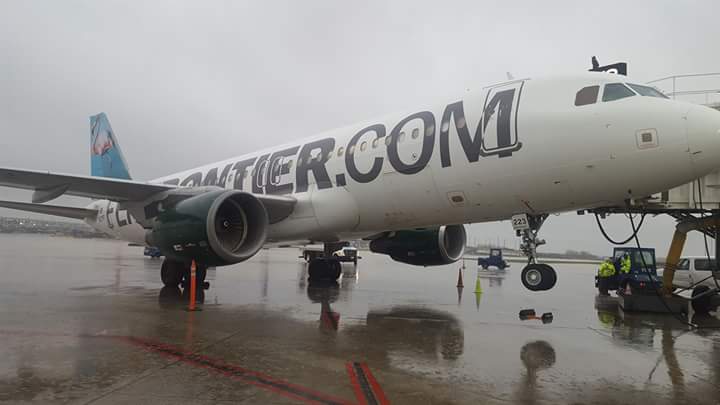
How to solve tail tipping?
For most airlines and operators there is a simple and already distributed solution to the tail tipping issue. There are tail stands that fix to the rear of the aircraft and keep the aircraft from tipping over. It's a dead simple solution however while some major airports will have these around, some smaller airports that may see that type of aircraft only once or twice a day may not have those tail standss available to them.
And while the tail stands are a great way to prevent a tail tip in any situation, if there isn't one around then policy and loading procedures can take care of making sure that the aircraft don't tip.
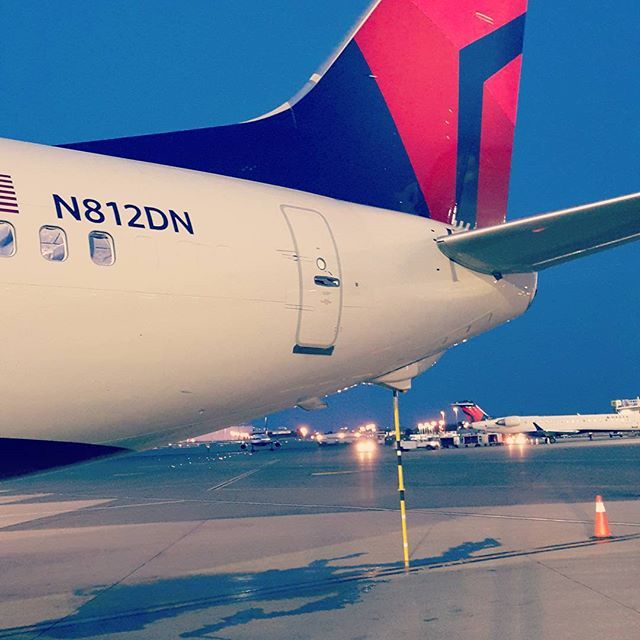
If you didn't have a tail stand then the correct way of loading an aircraft would be to load the forward cargo first and then allow passengers to load from the front of the airplane backwards. Once the forward part of the airplane ahead of the wings is loaded then loading in the rear of the aircraft can begin. However if no cargo is supposed to be loaded in the forward cargo bin you can temporarily load sand bags in the front to compensate and remove them once the airplane is loaded.
The same goes for unloading, but in reverse. Once deboarding starts the rear of the aircraft should be the first, and if for some reason you can't unload the rear cargo first then either sandbags should be added to the forward bin during the unloading process or passengers should be held on the airplane until the rear cargo can be unloaded, and not to unload the forward cargo until all passengers are off the aircraft.
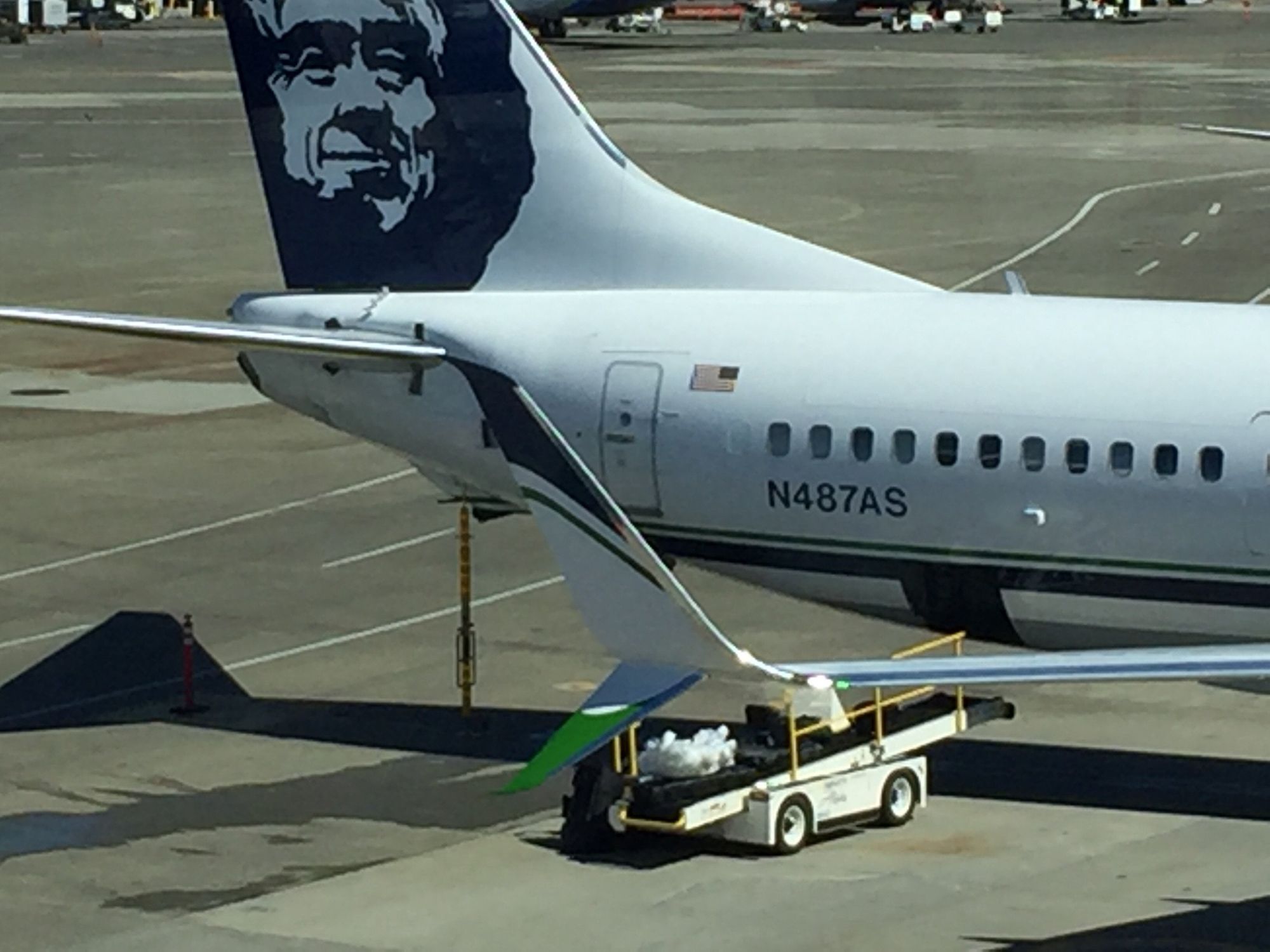
Every airline has their open procedures that they've built themselves and may differ from my examples, however in general that is how airlines will structure their loading and unloading process to prevent tail tipping.
Final Thoughts
Tail tipping is a real problem for most airlines, they are solved with some simple methods however the very moment they aren't followed you get situations like jetBlue and many others who have their aircraft tipped on to their tail. Most of the time the aircraft receive minor damage and are back in service quickly, however I think the most hurtful thing is the press and seeing your aircraft tipped up on its tail.





